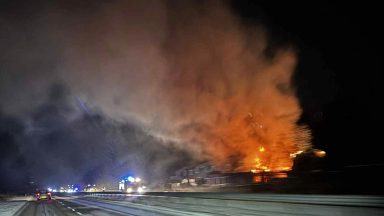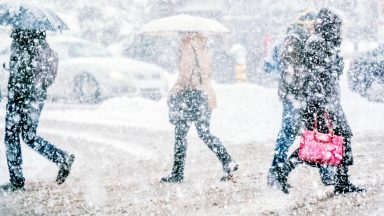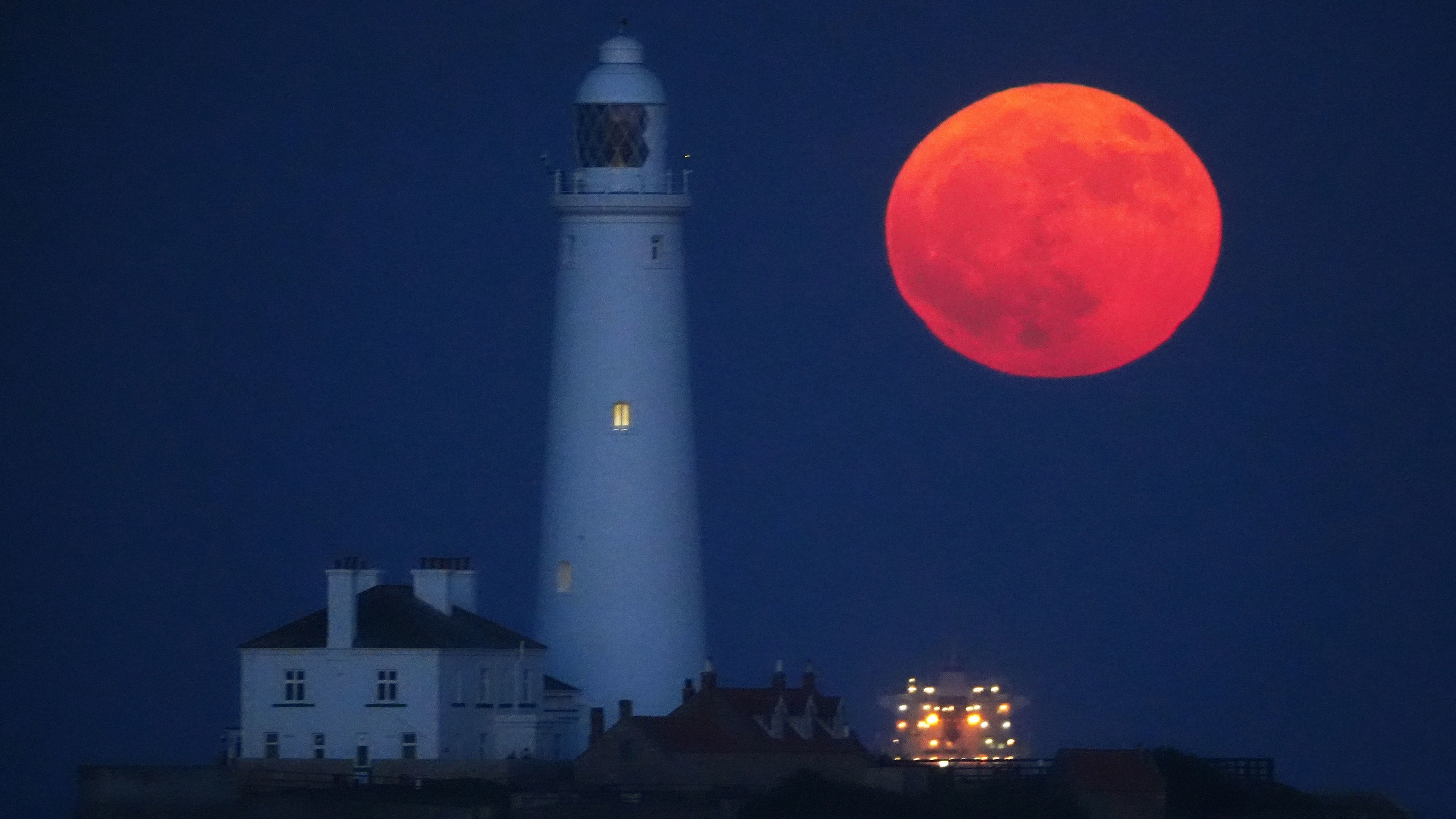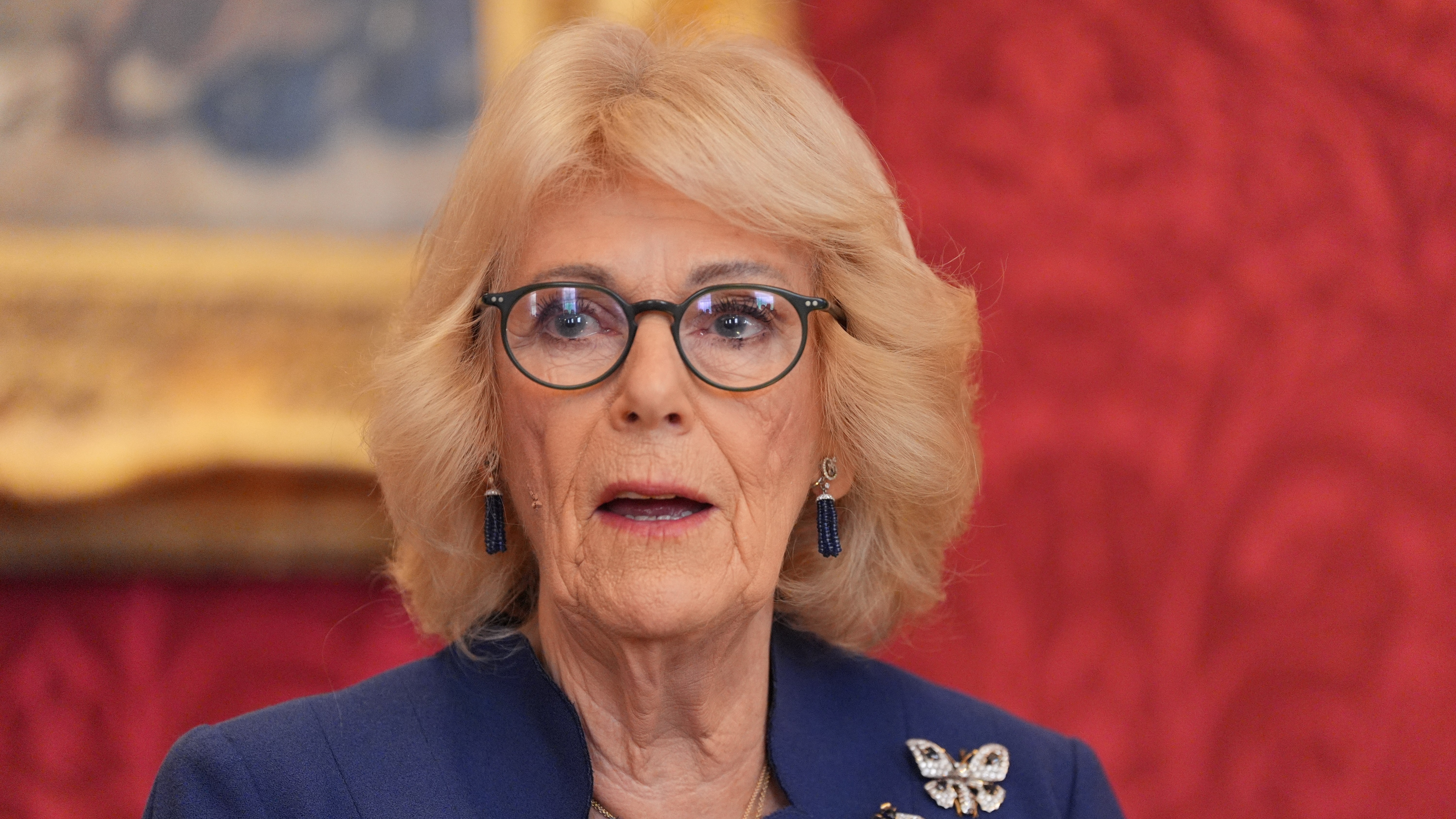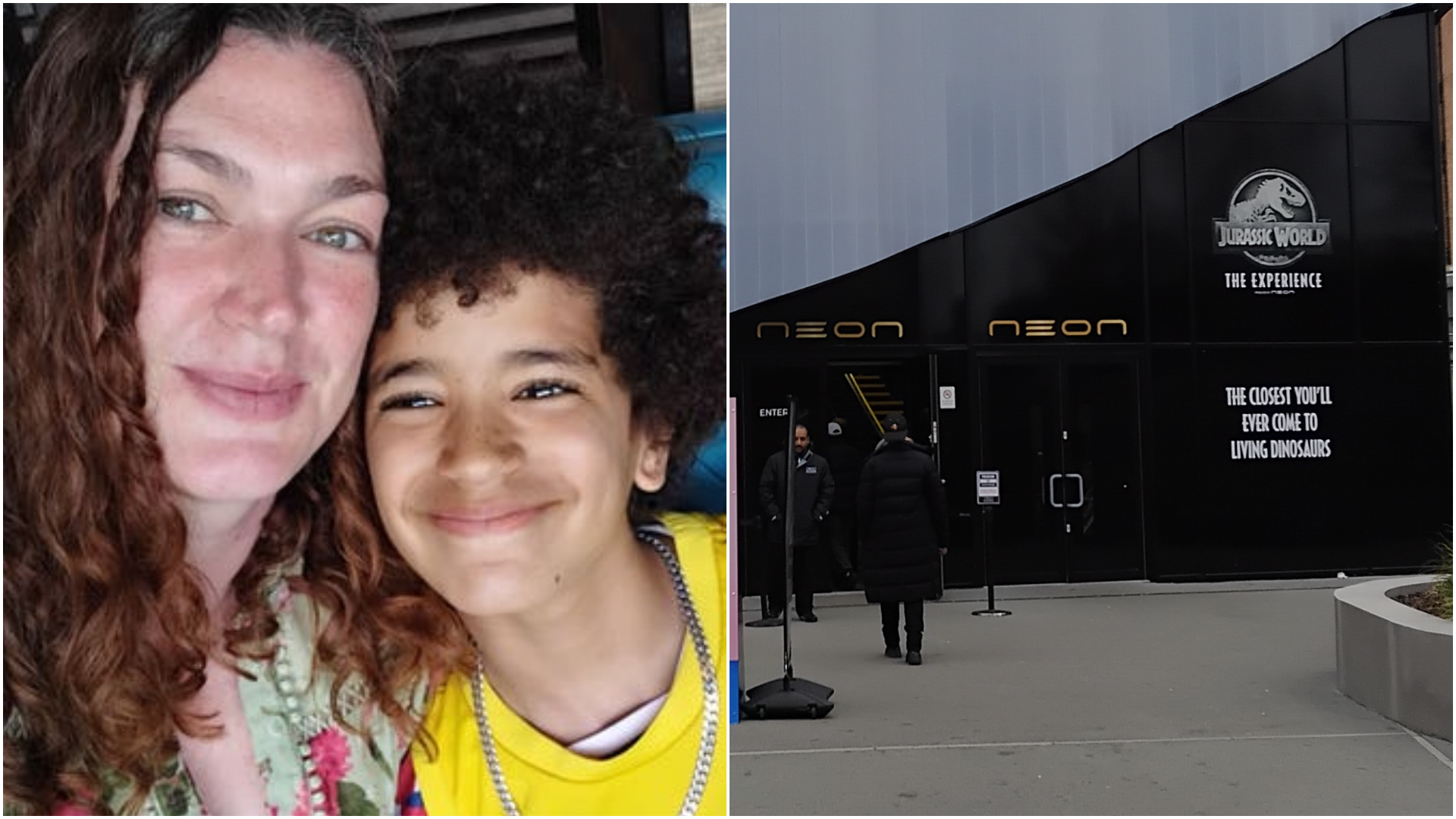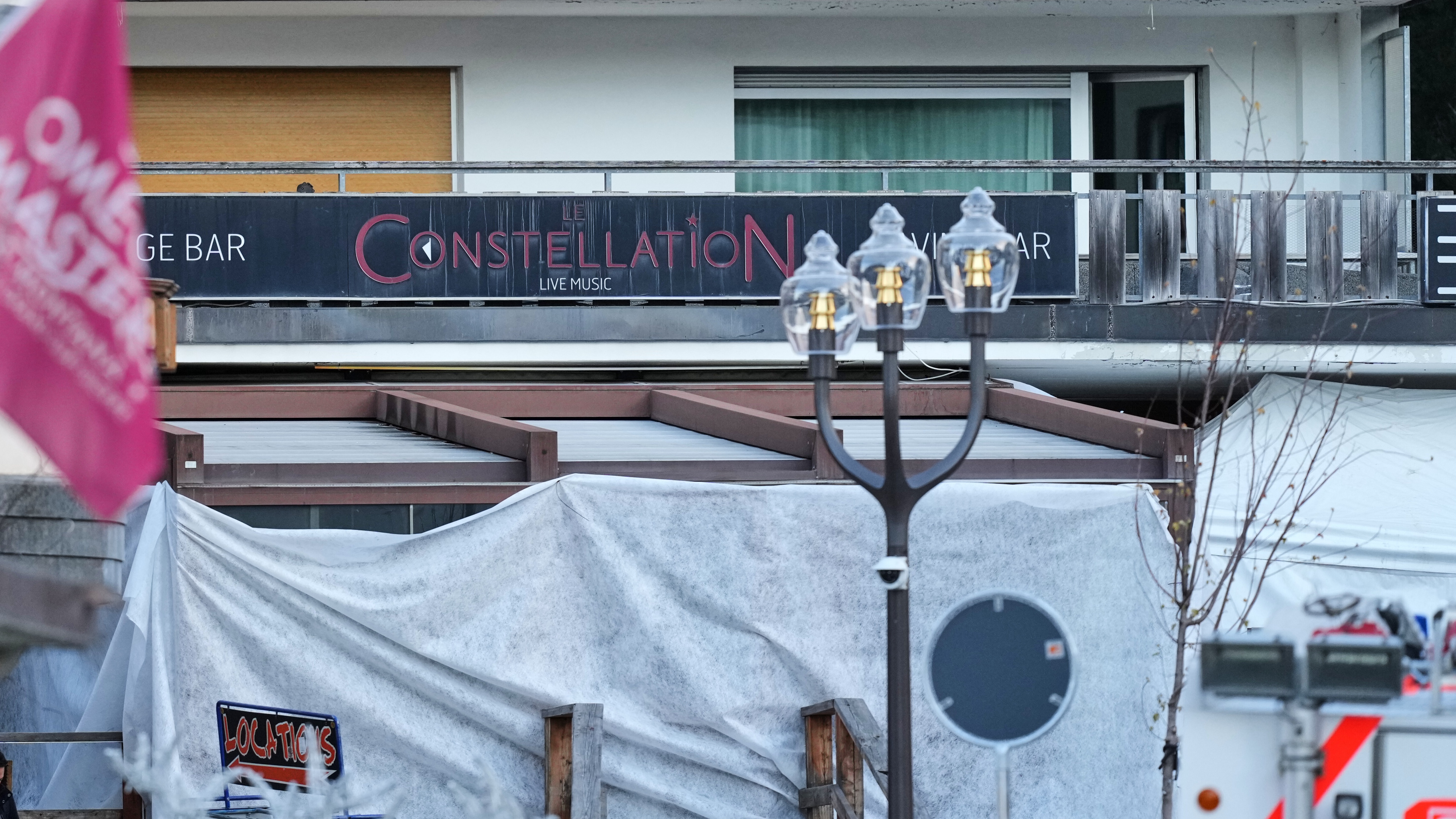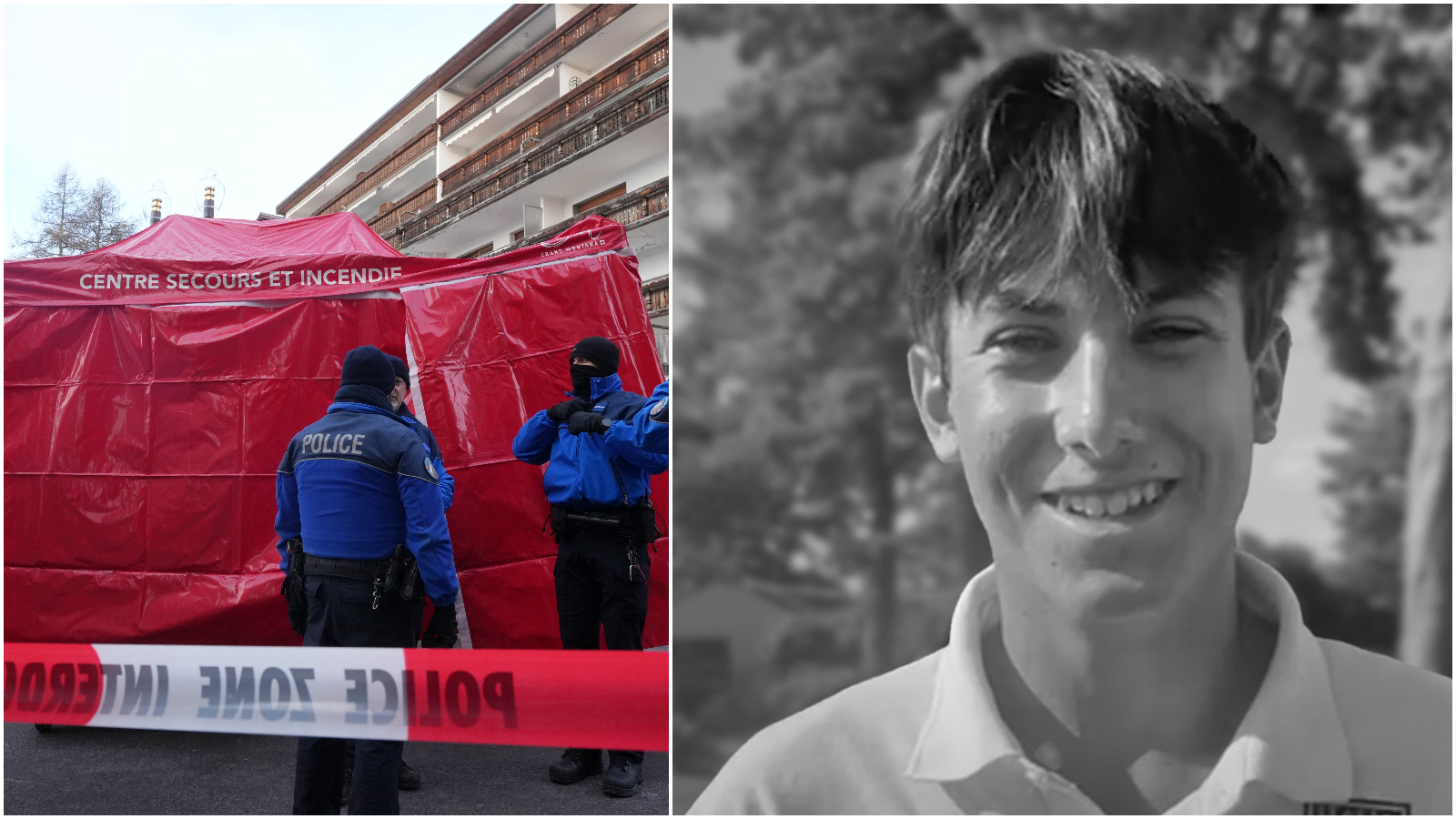A spectacle that has not been seen since 2009 – ITV News’ Nick Wallis explains why astronomers are so excited about the super blue moon over the night sky
Stargazers have been treated to a rare “super blue moon” – a phenomenon that won’t be seen again for over a decade.
Unlike its name suggests, a blue moon is not named after the colour and instead refers to the second full moon in one calendar month.
What makes this one so special, is that it also qualifies as a supermoon – when a full moon makes its closest approach to the Earth and appears unusually big.

This has resulted in some spectacular pictures, from Moscow to London, with our planet’s nearest celestial neighbour shining down with an especially bright glow.
This supermoon was expected to be even closer to earth than the one at the beginning of August, at a distance of 222,043 miles (357,344 km).
The peak of the full moon – when the near side of it is completely lit up by the sun is at 2.35am (BST) on Thursday morning.

However, those who might not be able to stay up into the early hours do not need to worry, as experts say it will not look noticeably different during the night.
Instead, the best time to catch a glimpse is when your local conditions are best suited to a clear sky – low cloud cover, favourable weather, and no obstructions on the horizon – such as buildings or trees.
Astronomer Professor Don Pollacco, from University of Warwick’s department of physics, said: “One of the flukes of nature is that the apparent size of the moon can be very similar to that of the sun.
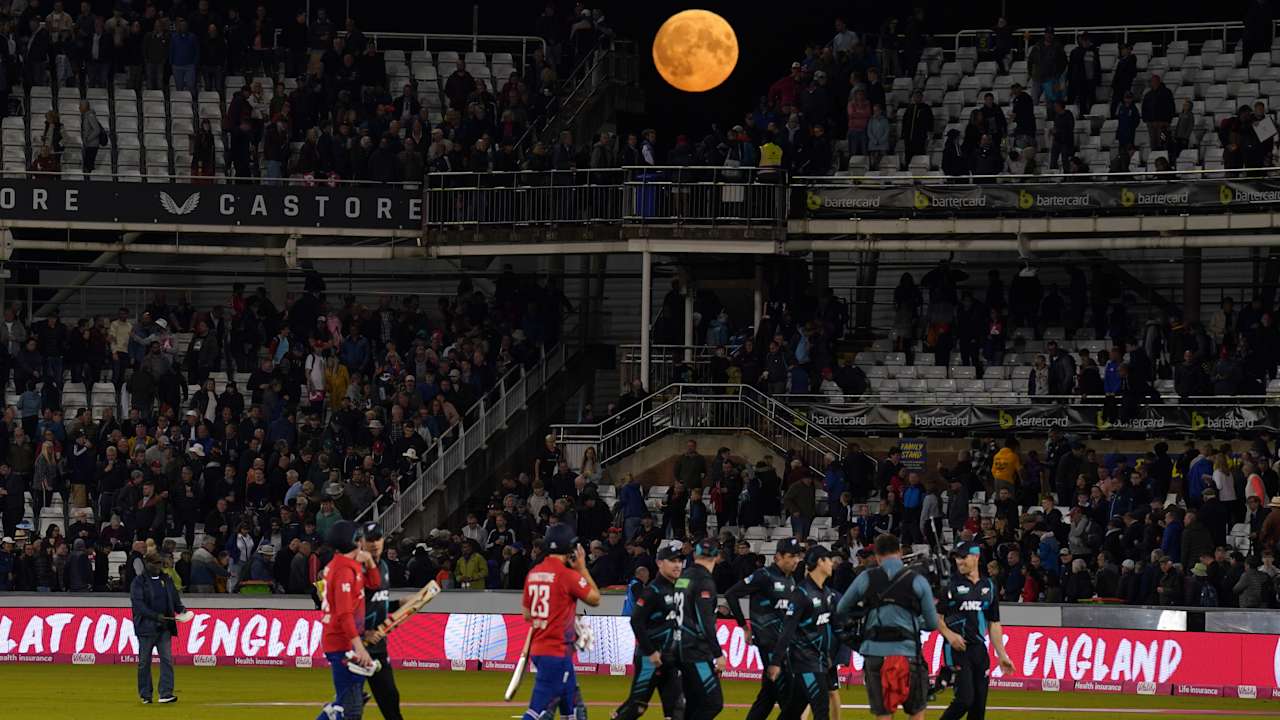
“This occurs because, while the moon is much smaller than the sun, it is much closer to the Earth.”
Adding that the moon has and elliptical orbit around the Earth, he continued: “Now that we understand the Moon’s orbit around the Earth we can talk about super moons.
“These occur when there is a full moon at the time when the moon is closest to the Earth.
“Consequently, the moon can look bigger (10-15%) and brighter (25-30%) than a normal full moon.”

Prof Pollacco said: “To see the full moon, look east after sunset. If you have a clear horizon it should be obvious.
“The moon is so bright that we can see it when it’s not particularly dark or even if the weather isn’t particularly clear.
“It will be visible all night and set in the west around sunrise.”

If you do end up missing this super blue moon, you’ll have a long time to wait for the next one, which isn’t expected until 2037.
However, another regular supermoon is on the horizon at the end of September, the last one of the year.
Follow STV News on WhatsApp
Scan the QR code on your mobile device for all the latest news from around the country





